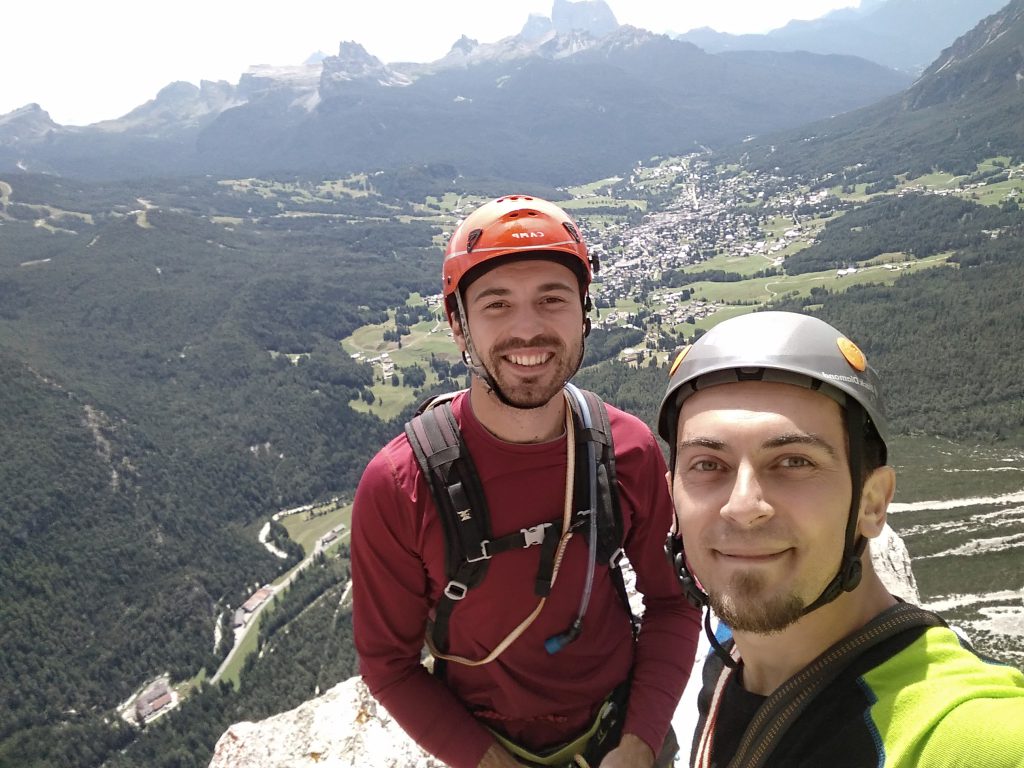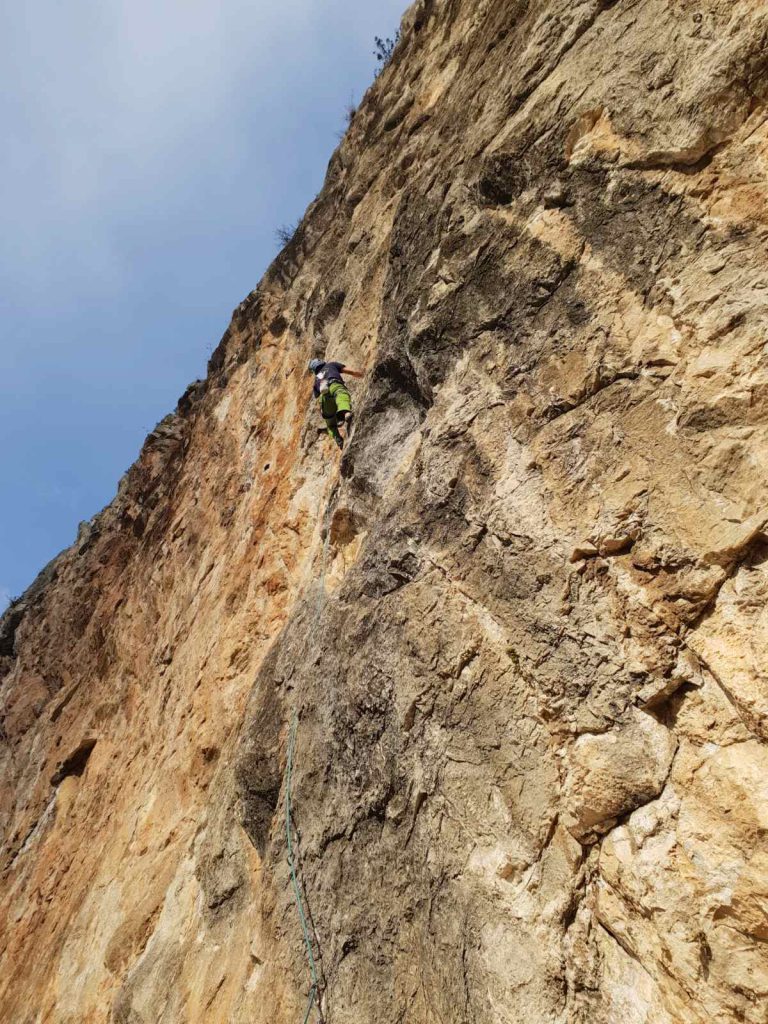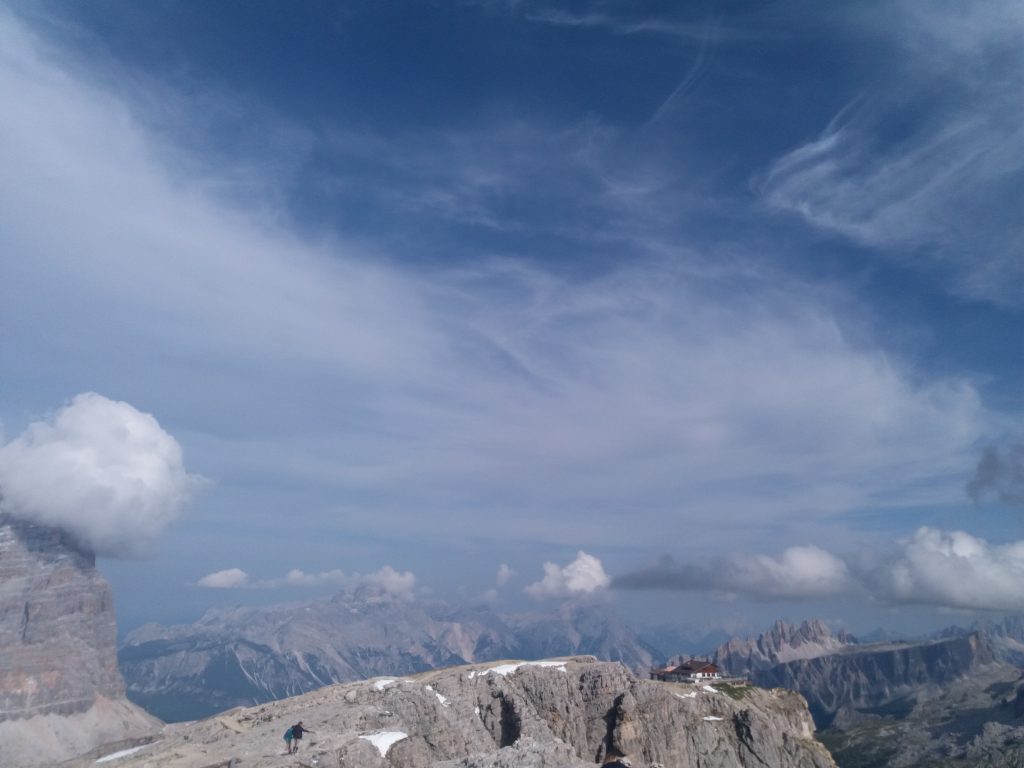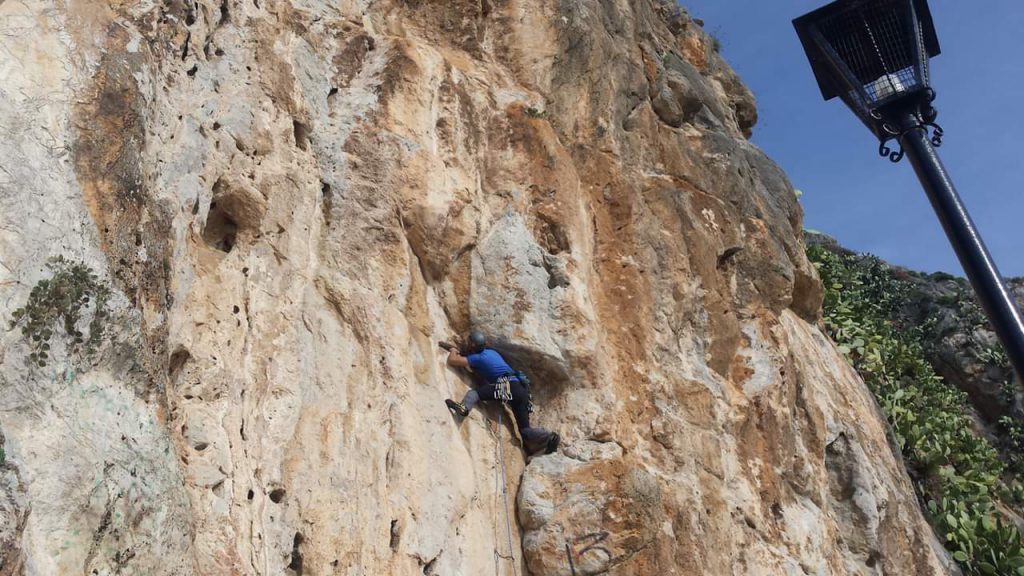Trust the Process | Latticer Stories
Darko Naumoski surprised himself by onsiting his first 7a, just 6 months into his first Lattice Climbing Training Plan+ with Maddy Cope! In this blogpost, Darko talks about the physical and mental gains required for the send, and what he’s learned from the process of training and projecting.
All photos from Darko Naumoski
If you think you have your own story to tell, email [email protected].
Can you tell us a little about your recent climbing successes; what/where were they, and how did you feel for achieving them?
I climbed my first 7a sport climb, “Zip Travel” at Sahara sector in Demir Kapija on my last rock trip just before New Year. It was supposed to be my first day of trying the route and learning the moves for my redpoint attempt. I approached the route thinking I would still have to work hard, and that it was ok to fail.
After the first crux move at the start, everything felt good. I was able to shake out the pump. Half way through the route I started to realise that I could do it. Adrenaline kicked in hard and the last 5 meters were in front of me. I clipped the anchor and couldn’t believe what just happened. Did I just climb my first 7a onsite? I was expecting multiple attempts and hard linking moves. In my head I was preparing for a battle. It came easier than I ever imagined.

How long have you had these goals, and when did they first seem attainable?
I started climbing in my late 20s. I felt like this was a big disadvantage, and that I had missed out on the opportunity to develop into a good climber. Then, there were multiple injuries that were just another major setback — finger pulleys, golfers elbow to name a few. It was frustrating and at one point I thought I’d be stuck in this plateau forever.
Ever since I started climbing, the 7s (7a-7c) were the level I wanted to reach. The mythical 8a looked very distant, but I knew that if I want to climb hard multipitch trad routes, I needed to get my level up. 7a became the milestone that I wanted to reach so bad, but that seemed almost impossible. I started bouldering indoor a lot two years ago and slowly got my bouldering level to my previous sport climbing grade 6c, but then I hit a plateau. Starting the Climbing Training Plan+ helped me move past this obstacle; I started moving up the grades, and few weeks into the program, I started climbing 7a boulders. Soon after, a 7a+ came. In the last 3 months I passed a significant obstacle — both physical and psychological.

What have you learned from this particular climb in terms of goal-setting? And what aspects of it can you take into future projects?
I would definitely like to set more short term goals — achieving them helps build the confidence you need for your mental game. I also believe that confidence is like a snowball effect. Use the momentum and “ride the positive wave”. I am already aiming higher with my next project. “We gain what we challenge”.
How much of your onsite do you feel was mental – i.e. feeling strong and confident – and how much do you think came down to physical gains?
I would say that both were equally important. I was not sure how my gains would transfer to my project. Once I started climbing, I went into different phases from uncertainty and doubt, to “ok… I might have what it takes to do this”. And I did! Being physically stronger, able to recover from the pump, and do the hard moves with ease boosted my confidence and I seized the moment. Climbing is a complex activity. The more of the components you manage to improve and use, the better the outcome. It’s a kind of synergetic effect.

Could you tell us a little about what you do for work, and how you fit your training around day-to-day life?
Having a sedentary job in IT, it is quite a big challenge to be as active as as I would like to. I had to find balance between work and climbing. Most of my training happens between 19:00 and 22:00. For a while now, I’ve been trying to change my habits and get some early morning training routines, but my current circumstances don’t allow this. For a while I had to stick to my late night schedule. My plan for 2020 is to change this.
How do you feel from your training with Lattice?
Starting with the Lattice Assessment and Climbing Training Plan was a major factor in allowing me to move to the next level of my climbing in such a short period of time. For the first time, I clearly saw what I was missing and what my opportunities for improvement were. I was working on my weaknesses and working in areas that would help me become a more well rounded climber. After 6 months, I feel confident in my climbing and believe I can achieve more in the long run following this path.

What are your future goals and how do you hope to achieve them?
Moving up the grades (7a-7c) in sport climbing is my mid-term goal. This should put me into a good position to think about my long-term goals in the Dolomites and the Alps. Multi-pitch hard routes with breathtaking views. Ever since I visited the Dolomites 3 years ago, I set some goals that I was not sure would ever be attainable. Now, I feel confident that by following the Lattice Plan, I can achieve them.
What are the best pieces of advice you would give to others with regards to training towards their goals?
TRUST THE PROCESS. I know it sounds like a cliche, but it works. We tend to forget and we mix up training with performance, thinking we should climb at a certain level all the time regardless of circumstances. Think about other sports, take basketball or football for example — you focus on the individual things and once the game is on, you perform. Same with climbing. All the hard work you put into your training will show once you start applying it to your goals/projects.

Here’s what coach Maddy cope had to say about Darko as a client and climber;
“When I started working with Darko, he had been climbing for 10 years – he had plenty of climbing experience but was looking to break through his plateau and was struggling with a chronic finger injury. Darko’s journey to 7a has been a good example of where structured training can help understand climbing load and manage injury. Darko is the sort of climber who wants to understand the different elements of his training and learn how to fit this with his busy work schedule. It has been really interesting to work through this with Darko, and he has been quick to learn how to adapt intensities for training as well as listen to his body and respect the impact of allostatic load on training. It is this, alongside the physical gains of training, that have allowed him to progress and onsight his first 7a! Psyched for him!”
Sign up for your own Climbing Training Plan+ today.





